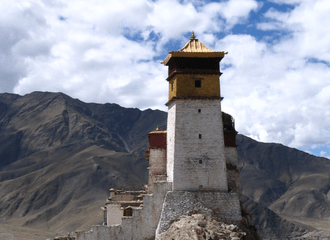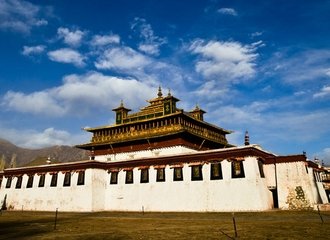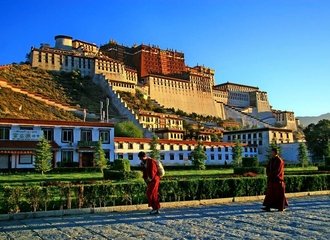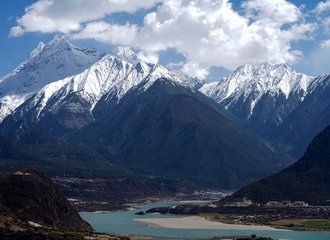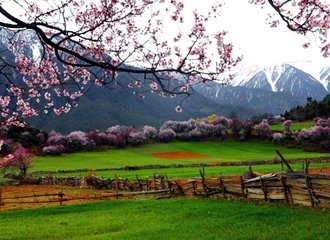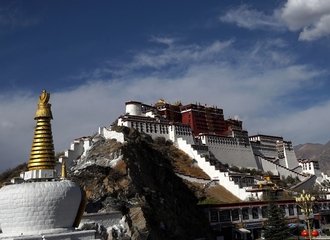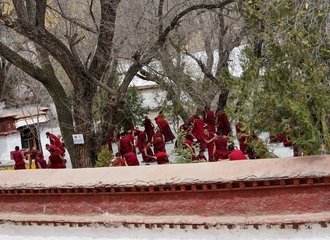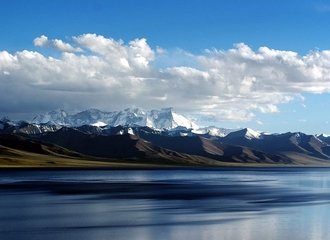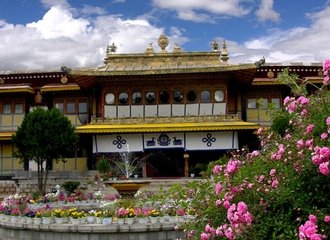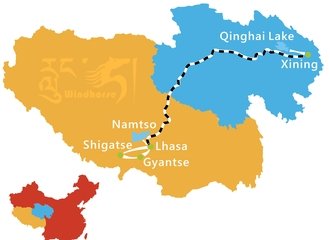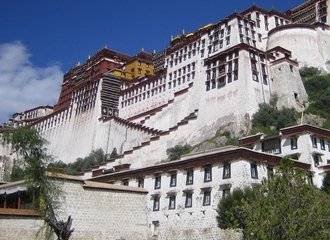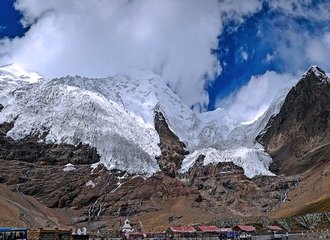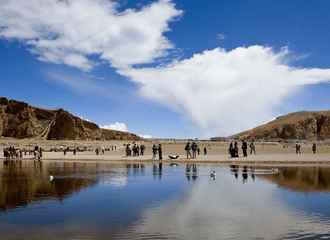The classification of Giant Panda

Giant Panda has long been living in the dense bamboo woods of the east edge of the Qingzang Highland in west China, leading a certain 'hermit-like' life. Due to its special physical form and structure as well as its peculiar character, the biologists have not ever got a unified recognition on the classification of giant panda. Some recognize it as a member of raccoon family (Procynoidae) while some other consider it as a highly specialized member of Bear Family (Ursidae), and some other even suggest classify giant panda as an independent Giant Panda Family (Ailuropodidae). Since 100 years ago, the scientists have done a lot of research on the morphologic anatomy, fossil and behaviors of giant panda and yet no conclusion was drawn. In recent years, the scientists have made some progress through bio-chemical and molecule-biological research, and pushed the classification study of giant panda to a further stage of development. However, a unified conclusion and recognition was not yet come to being. Who is on earth the ancestor of giant panda? And, how has it evolved into the present giant panda?
The raccoon school emphasizes on the similarity between giant panda and red panda, and the red panda has already been confirmed as member of raccoon family. Therefore, giant panda is just a large-size raccoon. Otherwise, from the morphologic anatomy, giant panda has a lot of similarity with red panda, both of the two species are rather fat, the structure of the cranium, the teeth and the front pals are similar, the face has black-white patterns, the four limbs are black, there are condyles over the tooth crown, and in the pal the additional sesamoids make up the grasping structure. Some primordial structural modes were seen within the skeletal and muscular systems. The carotid artery trunk has some similarity and the male pudendum is especially similar.

However the bear school considers that giant panda shall be classified into the bear family, and is a kind of highly specialized bear. They consider that a lot of important aspects of giant panda are similar with the bear, and its basic body structure belongs to that of bear family. The figure, physique, tail, neurocranial structure, tooth structure, neural structure, foot shape are all similar with the bears, such similarity can also be seen in some tissues and organs, i.e. each morphologic characteristic of giant panda indicates that it is only a species of highly specialized bear.
The 'independent family of giant panda' school consider that giant panda has different origin from that of bears or raccoons. It has unique characteristics in morphologic structure and other biological facets. Therefore, it shall be classified as the Giant Panda Family independently. The evolution of giant panda, according to studies of paleontologists Huang Wanbo et al, is approximately divided into the primal stage, the pullulating stage, the flourishing stage and the declining stage.

The systematic evolution relationship of giant panda, after debate of different schools as well as the studies of paleontology, molecular biology and bio-chemistry, has been roughly discovered: In Oligocene that is about 26 million years ago, the arctoid and the ancient bears have already diverged from their common carnivore ancestor. In late Miocene, the ancient bears evolved into the present lineage of American Bears. In late Miocene that is 12 million years ago, the primal arctoid has evolved into two lineages: Primal Bears and Parailurus. The Paralilrus evolved directly to red panda that we see today, which survived and is living around Himalaya Mountains and Hengduan Mountains.
Chengdu Panda Base is a non-profit research and breeding facility for giant Chengdu pandas and other rare animals. It was founded in 1987, and it is located in Chengdu, Sichuan, China. Booking a Chengdu Panda Tour can get you close to a panda, you can even volunteer and feed her. It started with only 6 giant pandas that were rescued from the wild.

